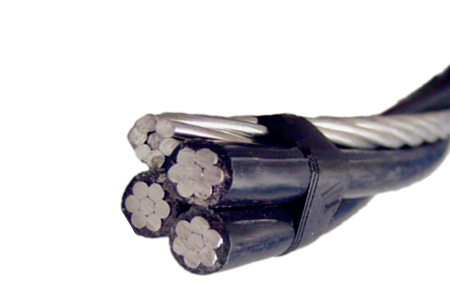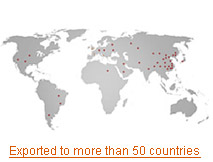Common Faults of 10kV Overhead Cable Transmission Line

1.Single-phase earth fault
Single-phase grounding is the most common fault in power distribution systems and occurs mostly in wet, rainy weather. Single-phase grounding affects the user's normal power supply.
2.Short circuit fault
Two points of different potentials in the circuit are shorted by the conductors, or the insulation between them is broken down, causing failure of the line to work properly, which is called a short-circuit fault. According to different circumstances, short-circuit faults are divided into metal short-circuit, non-metallic short-circuit; single-phase short circuit, multi-phase short circuit.
3.Metal Short Circuit and Non-Metallic Short Circuit
Two metal conductors of different potentials are directly connected or short-circuited by metal wires, which are called metallic short circuits.
4.Interphase short circuit
The two phase lines are shorted to each other, which is called a two-phase short-circuit fault; the three phase lines are shorted to each other and called a three-phase short-circuit fault.
5.Open circuit failure
Open circuit is the most common fault, the most basic form of expression is the circuit failure. In some cases, the open circuit can also cause overvoltages, and the arc generated by the disconnection point may cause electrical fires and explosions.
6.Cut-off point arc fault
Bolt, especially those who break the cut-off point, the disconnect instantly tend to produce arc, or high temperature of the cut-off point, arc may caused a fire in the power line.
7.Circuit failure in three-phase circuit
In a three-phase circuit, if a one-phase breaking fault occurs, one may: cause the motor to be burned out due to the lack of phase operation; secondly, the three-phase circuit is asymmetric, the voltage of each phase changes, and the phase voltage thereof increases. Caused an accident.

